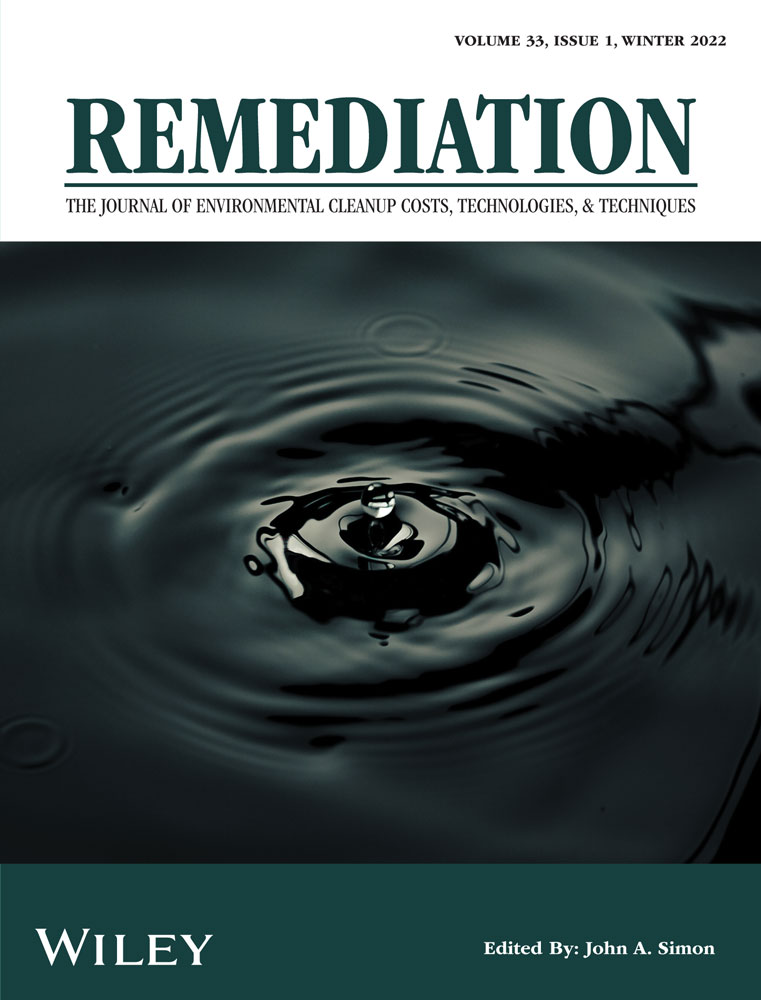In 1995, the U.S. Environmental Protection Agency (US EPA) initiated the Brownfields Program to help local governments clean up and reuse hundreds of thousands of contaminated former factories and transportation and other commercial sites in cities and industrialized suburbs. By the end of 2002, the Brownfields Program had distributed grants of about $200,000 each to 436 local governments. Program grants have diffused through federal, state, regional, and local levels of government and private and not-for profit organizations, and have reached into economically distressed neighborhoods. As expected, grant recipients disproportionately had a legacy of contaminated industrial sites and relatively large African American and/or Latino populations. But abandoned factories and environmental justice concerns do not completely explain the geographical distribution of recipients. Award winners tended to be larger cities with more capacity to compete for grants and were likely to be connected to sources of information about the grant opportunity and to decision makers. With a few exceptions, recipients consider the program to be highly successful at stimulating entrepreneurs to remediate and redevelop sites and, sometimes, surrounding neighborhoods. © 2005 Wiley Periodicals, Inc.
